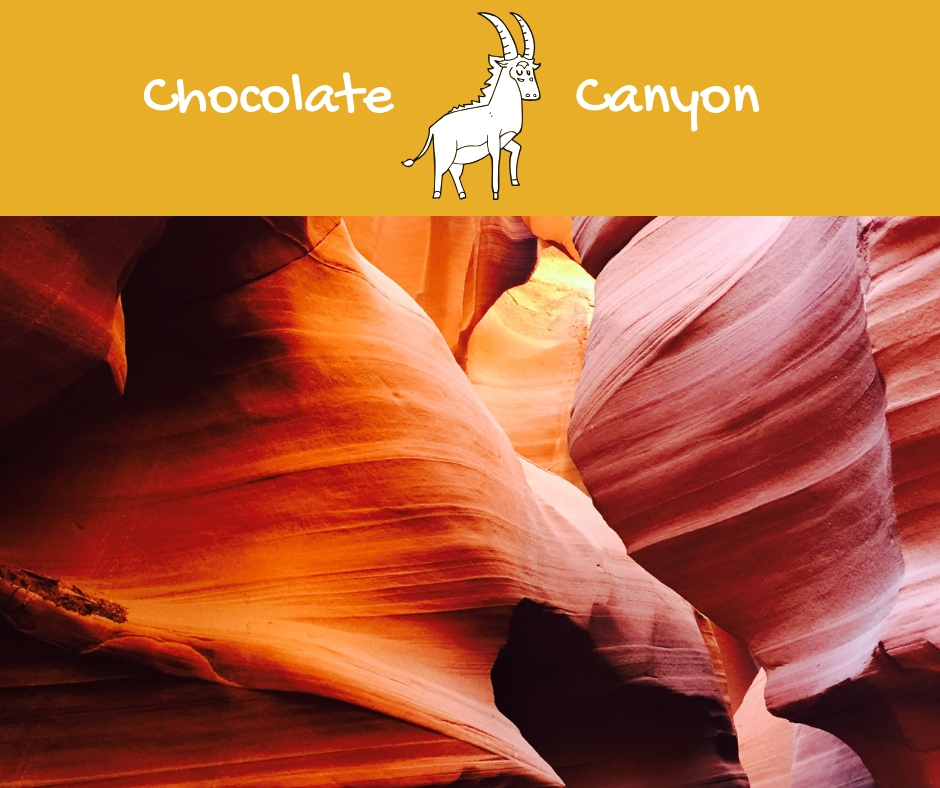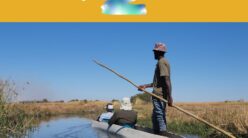We toured the Upper Antelope Canyon with our 6-year-old Kidsetter. Catching an open safari jeep ride from the centre of Page, Arizona we drove to the famous site. Admittedly a was a little surprised at how rugged this 20-minute truck ride was, and I did wonder if I’d done the right thing allowing my 6-year-old Kidsetter to travel on this open safari truck along motorways without any form of restraint. Thankfully all was well, and we reached the canyon intact.
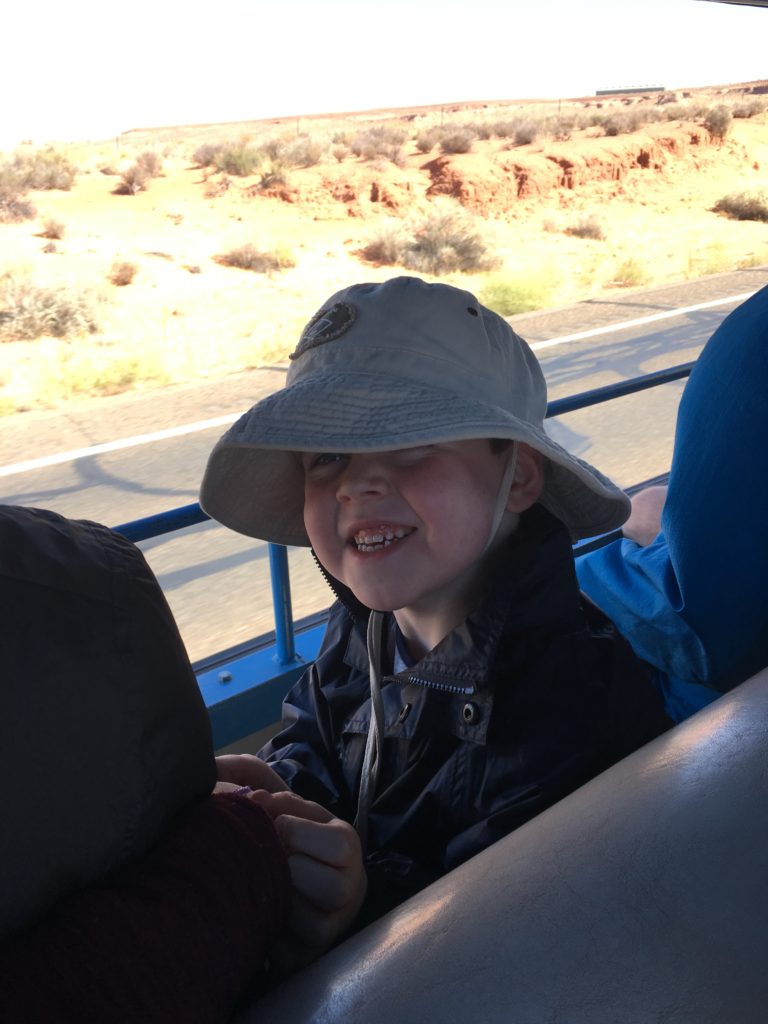
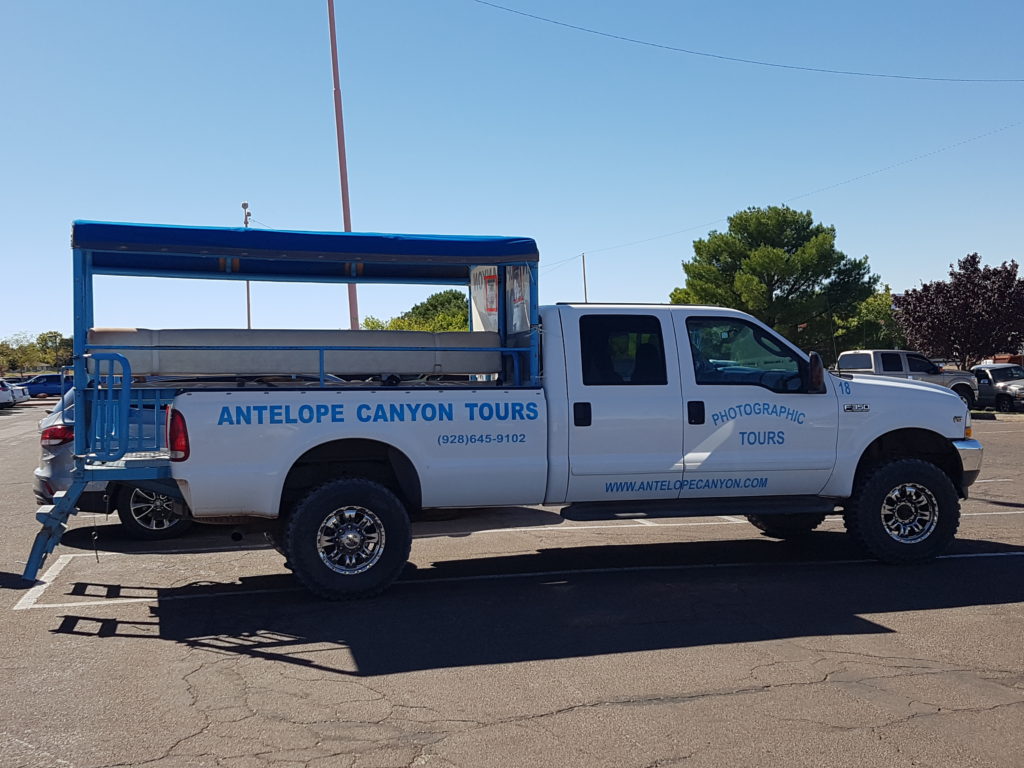
As we dismounted the truck, I couldn’t wait to enter the UNESCO World Heritage Site. We had seen many photographs of this mystical canyon, however being surrounded by the tall winding sandstone walls felt as surreal as the photographs we had seen prior. Antelope Canyon is the product of millions of years of water erosion, primarily due to flash flooding. The Navajo name for Upper Antelope Canyon is “Tse’ bighanilini,” which means “the place where water runs through rocks.” Rainwater, especially during monsoon season, runs into the extensive basin above the slot canyon sections, picking up speed and sand as it rushes into the narrow passageways. Few geological formations are as picturesque and awe-inspiring.
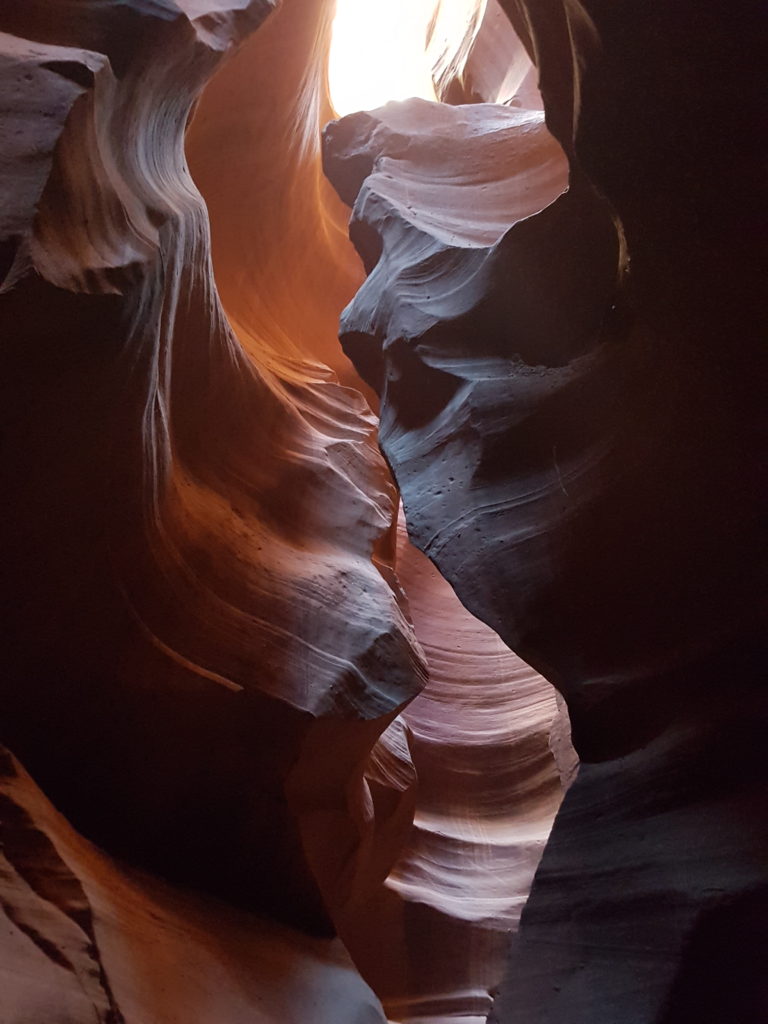
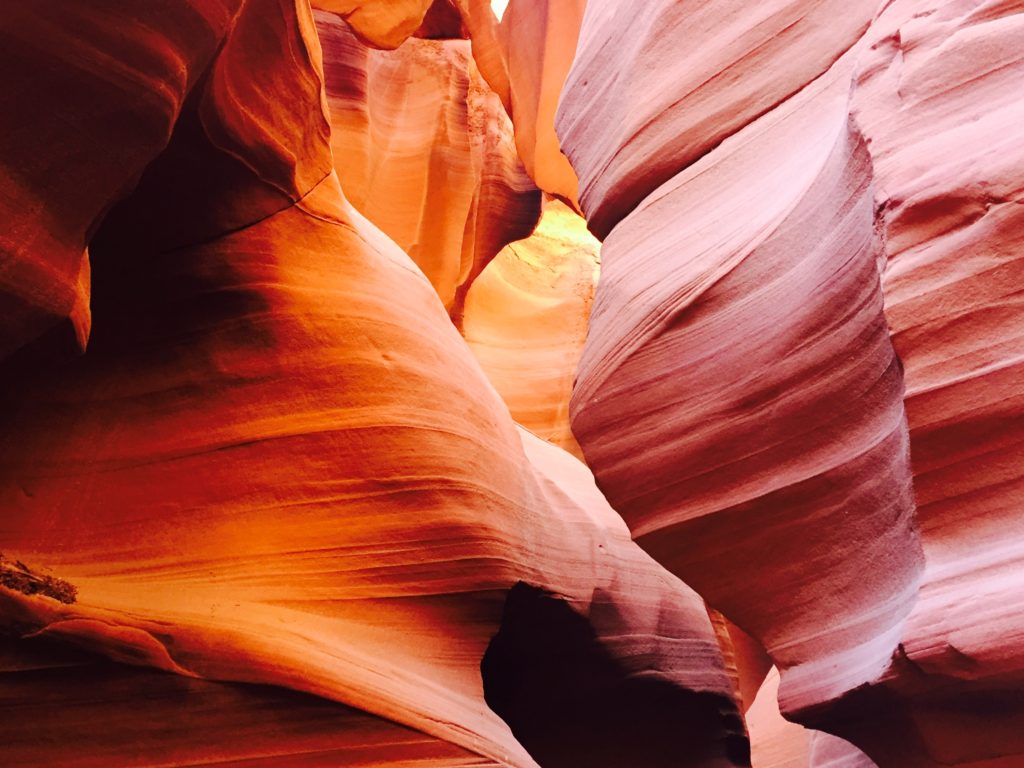
Once home to herds of pronghorn antelope, the canyon now lies within the LeChee Chapter of the Navajo Nation. The canyon walls climb 120 feet above the streambed, making it a cathedral of red-hued, swirling sandstone. Known for its wave-like structure and the light beams that shine directly down into the openings of the canyon, creating a supernatural appearance.
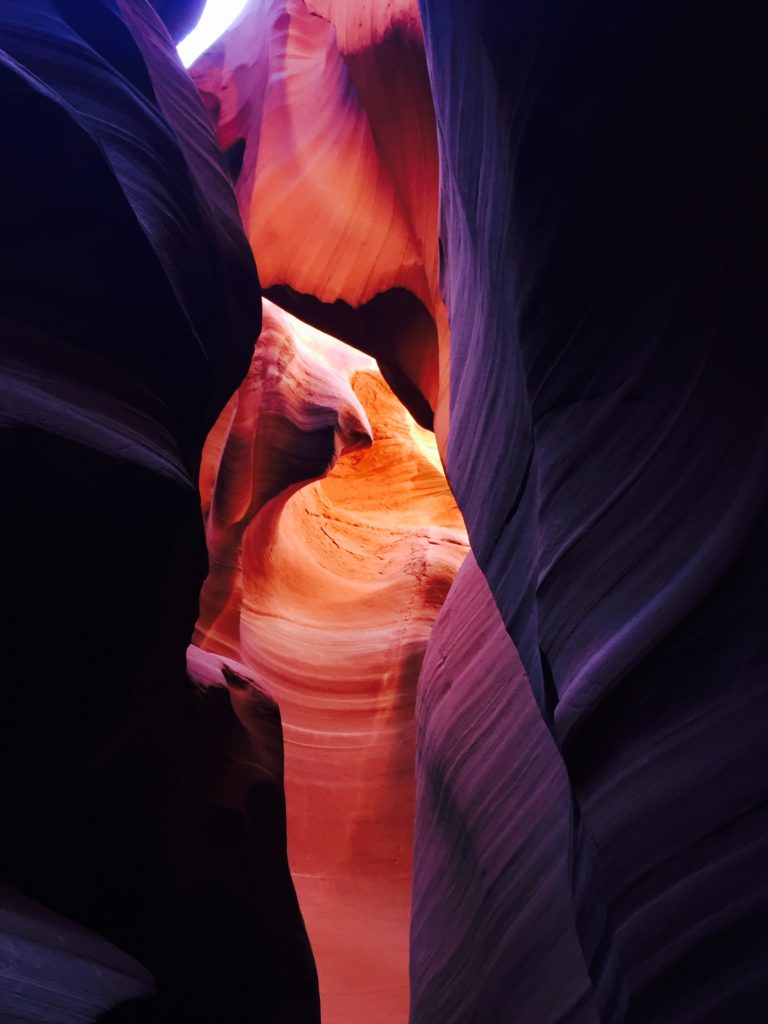
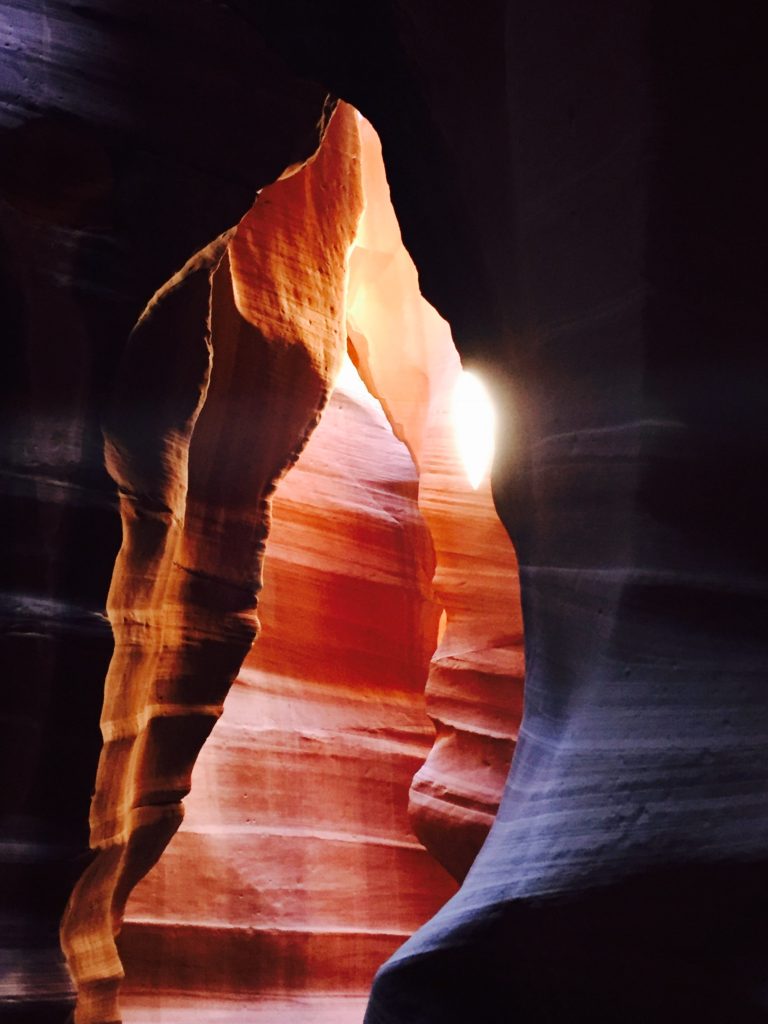
Our Kidsetter enjoyed venturing around the canyon anticipating what would be around the next corner? Although he’s not yet seen the Raiders of the Lost Ark, he reminded me of Indiana Jones discovering one of the most spectacular natural wonders.

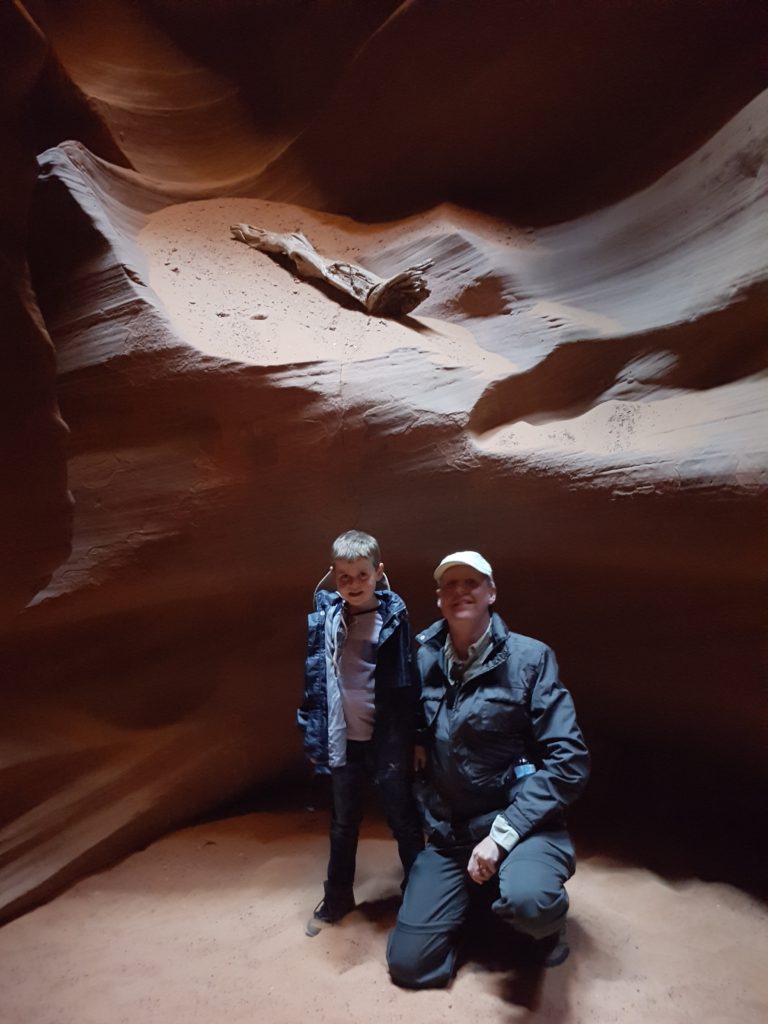
Looking pint sized amongst the sandy walls as he explored the cracks and crevasses whilst engaging with a play of light on the walls. Filling his mind with endless amounts of remarkable imaginary for his next art piece.
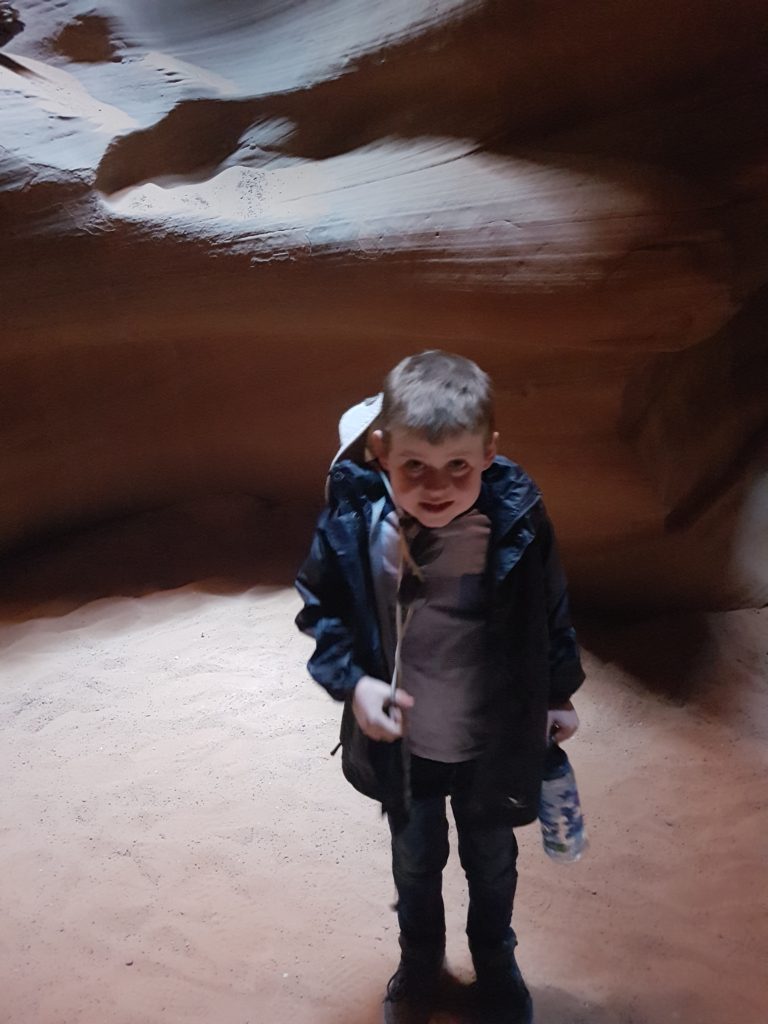
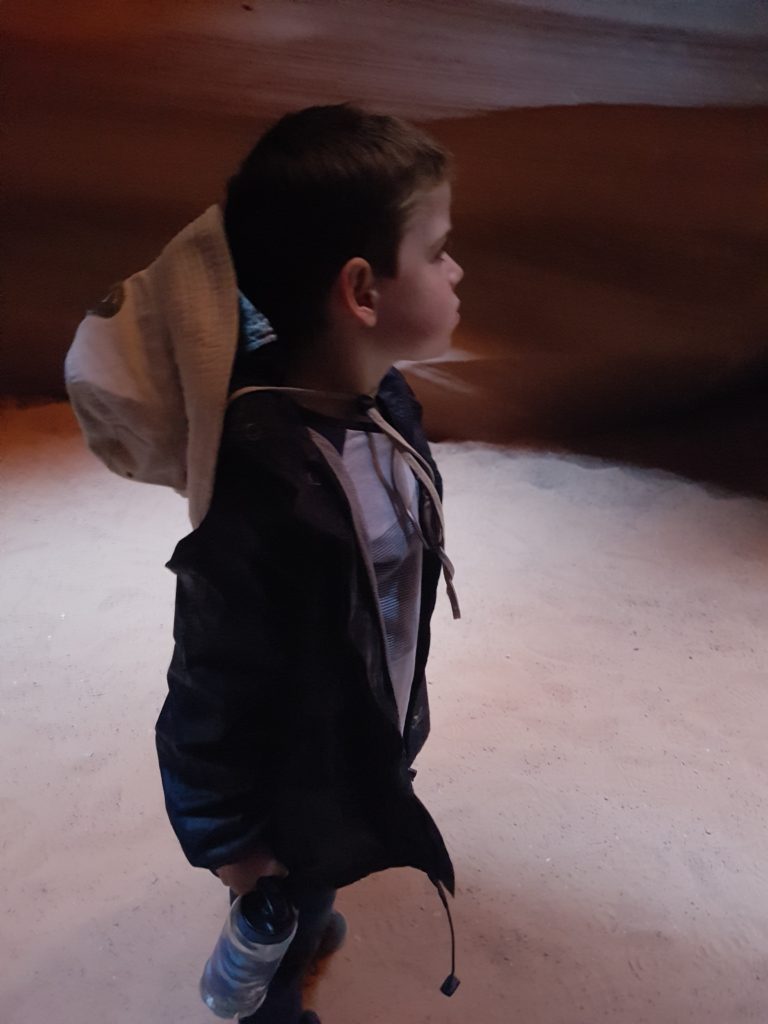
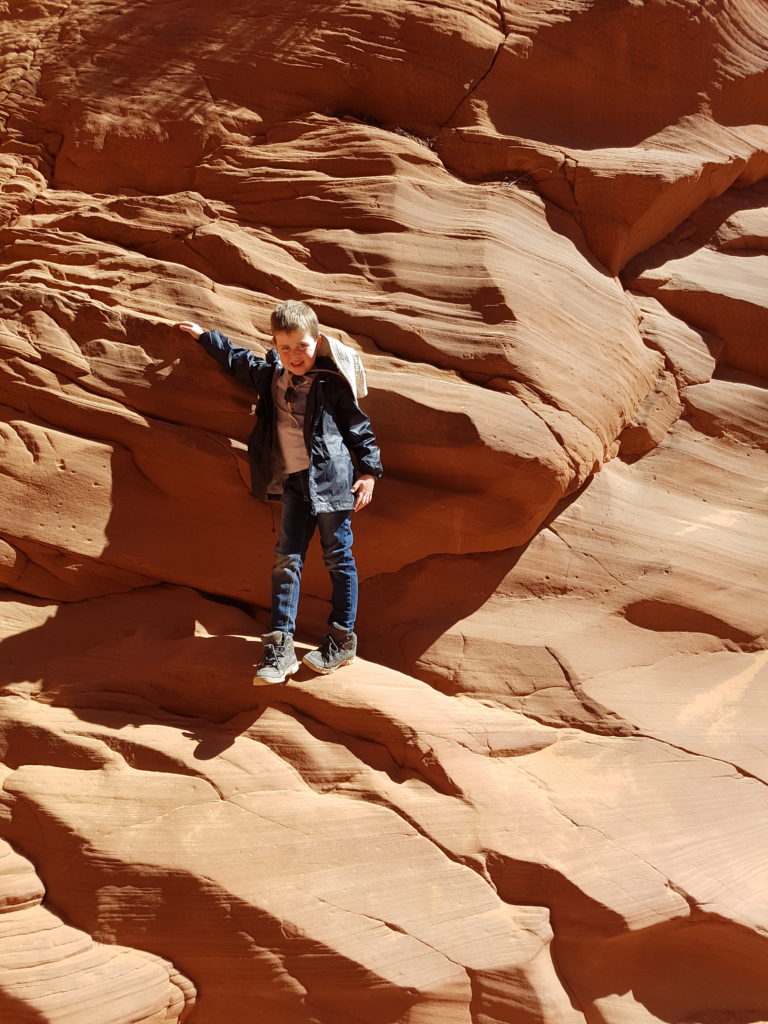
It is impossible to leave Antelope Canyon without a feeling of being in harmony with Mother Nature, knowing there is something far greater than ourselves. Understandably, it is easy to see why Antelope Canyon has been a constant source of spirituality and inspiration for the Navajo people throughout the centuries.

